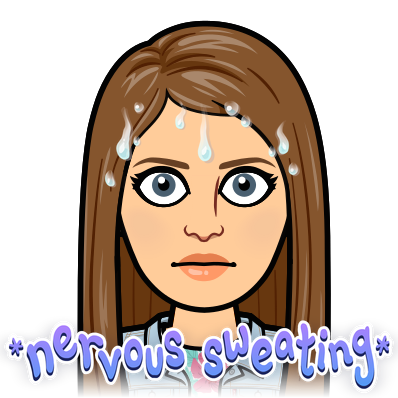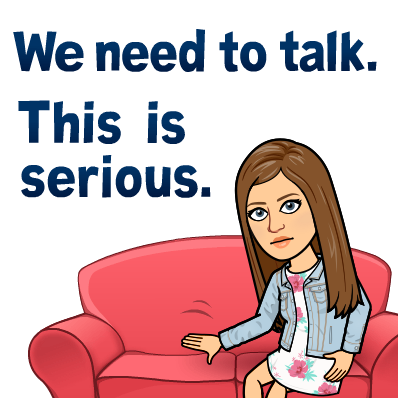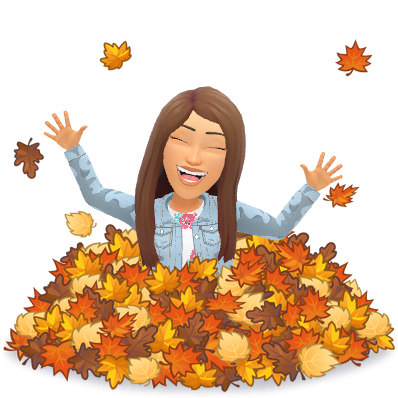I'm assuming that most people reading this blog have heard of Google Expeditions. If not, Expeditions is an application that allows students to travel the world using virtual reality. As the teacher, you can guide your students through these tour with pre-made, scripted text that helps you talk to the students about what they are seeing. In your classroom, you have six options for running Expeditions.

I will admit when I was asked to present to the teachers that I was nervous. Technology doesn't always go over well in my building, and I wanted to ensure that what I demonstrated was relevant and engaging for the staff. Initially I was going to present one application while providing teachers with an opportunity to learn about a different app if they so choose. But while I was designing the training, I realized how perfect Google Expeditions was for the staff. Basically, every content can be covered through the variety and quantity of expeditions available.
I've been obsessed with organizing information into hyperdocs recently, so I put together a hyperdoc for the teacher to access the materials. I also divided the hyperdoc into a beginner, intermediate, and advanced level (so that everyone was covered during the training).
I started off the training by having the teachers actually USE Google Expeditions. I received a grant from EdCamp last year and use the money to purchase Google Cardboards and inexpensive phones. I had the Cardboards and phones out, ready to use when the teachers walked into the library. I used the ultimate teacher tool - the hook. Yesterday I took the teachers to American Samoa, Mars, Hong Kong, and Machu Picchu. It worked "hook," line, and sinker. The teachers immediately responded positively because they, as adults, thought virtual really was SO COOL.
I briefly walked them through the hyperdoc: what Google Expeditions is, the six ways to access Expeditions in their classroom, and the available Expeditions. I then answered questions that they had, then gave them 20 minutes to play. The teachers were all over the app (whether by playing on Cardboard again or on their iPads searching the variety of Expeditions).
I knew that the training was a success when one very excited, but tech-resistant teacher checked out the Cardboards and cell phones to use in her class next week. I was STOKED! My former mentee also chatted with me about integrating the Gettysburg Expedition in his class by checking out the iPad card from the library and how excited he was for the students to "see" Picket's Charge.
If you haven't checked out Expeditions or how to use Expeditions in your class, please do. It's amazing what 15 minutes of virtual reality can do to change the environment of your classroom.
Thanks for reading. I'll see you next week :)
- Rachel
@historicalipad
My Teacherspayteachers website

